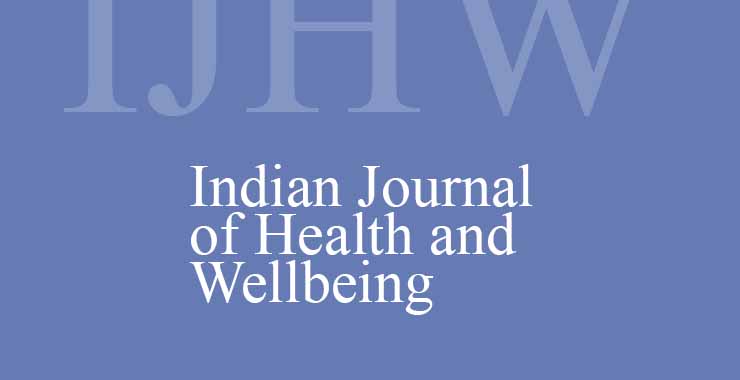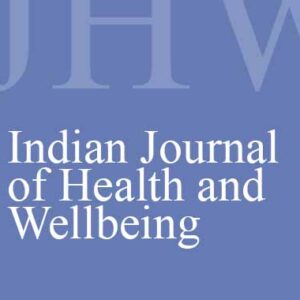A Study on the Quality of Life of Adolescents with Developmental Disabilities
Original price was: ₹ 201.00.₹ 200.00Current price is: ₹ 200.00.
Page: 338-343
Ondriylla Bhattacharjee, D.S. Saini, and Asha Yadav (Department of Psychology, Om Sterling Global University, Hisar, Haryana)
Description
Page: 338-343
Ondriylla Bhattacharjee, D.S. Saini, and Asha Yadav (Department of Psychology, Om Sterling Global University, Hisar, Haryana)
Early adulthood represents the developmental stage during which people experience major transformations across their physical form and emotional reactions, and social bonding. Adolescents with developmental disabilities, including intellectual disabilities, physical disabilities and Foetal Alcohol Spectrum Disorders (FASD), experience increased difficulties in Haryana, which affects their life quality because of existing differences between urban and rural communities regarding socio-cultural and economic and educational aspects. This research examines both health-related quality of life and coping approaches for developmental disability affected adolescents and their parents within Haryana. Standardised quality-of-life assessments from 60 adolescent-parent pairs showed adolescents rated their well-being lower than their parents evaluated for all examined factors, despite using uniform quality-of-life measure instruments. Strong indicators that lead to improved quality-of-life results were found in personal resources, which include acceptance of disability alongside healthy lifestyle behaviours and ego-resilience. The effects of social resources on adolescents depended on their disability type and the socioeconomic factors, especially between Haryana’s urban and rural areas. This research demonstrates the paramount requirement to develop resilience while maintaining supportive family systems, together with building inclusive communities to enhance adolescents with disabilities quality of life in Haryana. Additional research must focus on conducting studies which reflect the linguistic and social, along with economic characteristics of Haryana’s diversity. This research stresses the value of qualitative evaluation methods to better comprehend the lived realities of adolescent people with disabilities. Healthcare providers, along with school administrators and community-based NGOS and policy-makers in Haryana, should use these findings to create specific interventions for supporting the comprehensive development of all adolescents regardless of disability.


